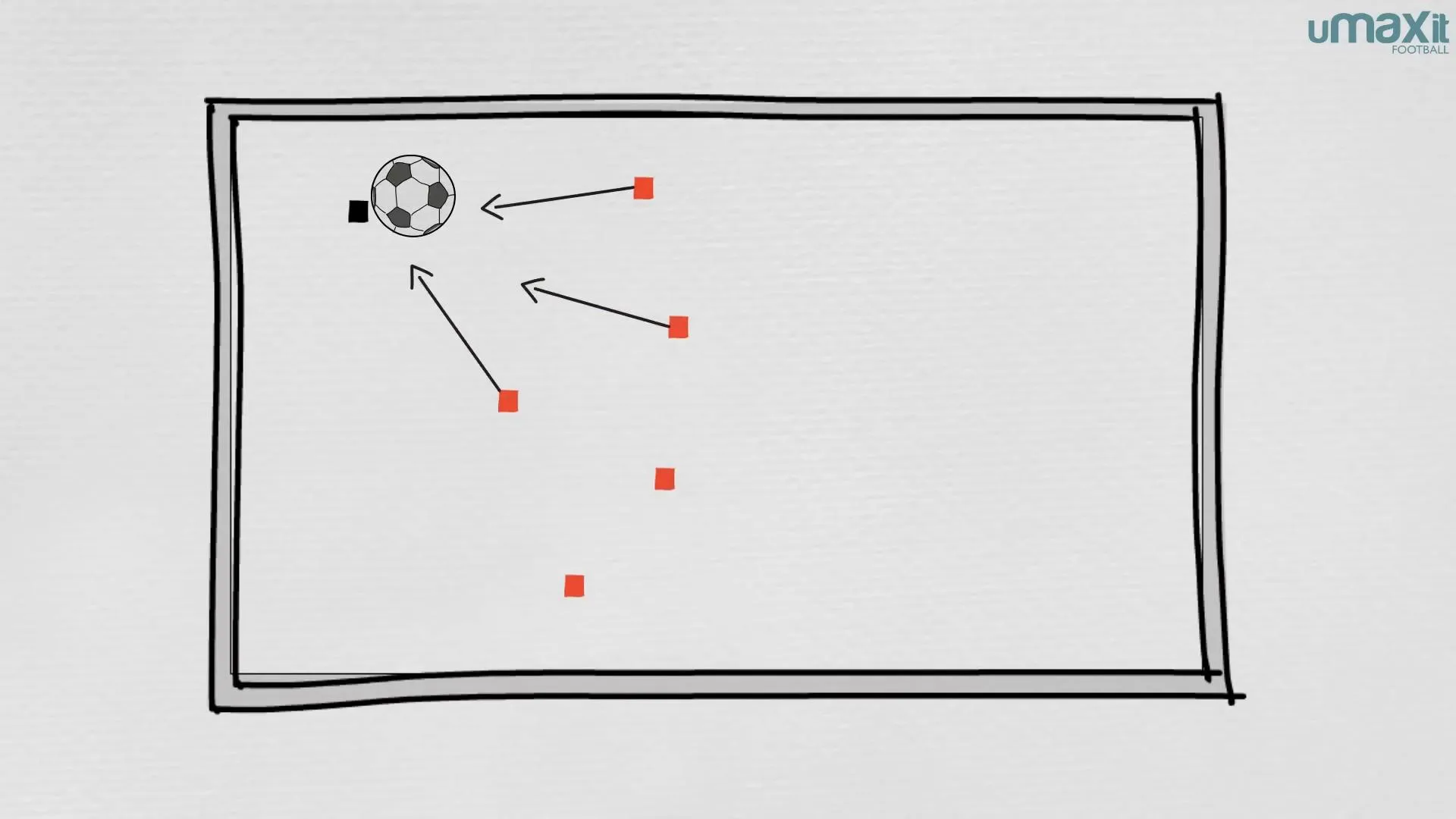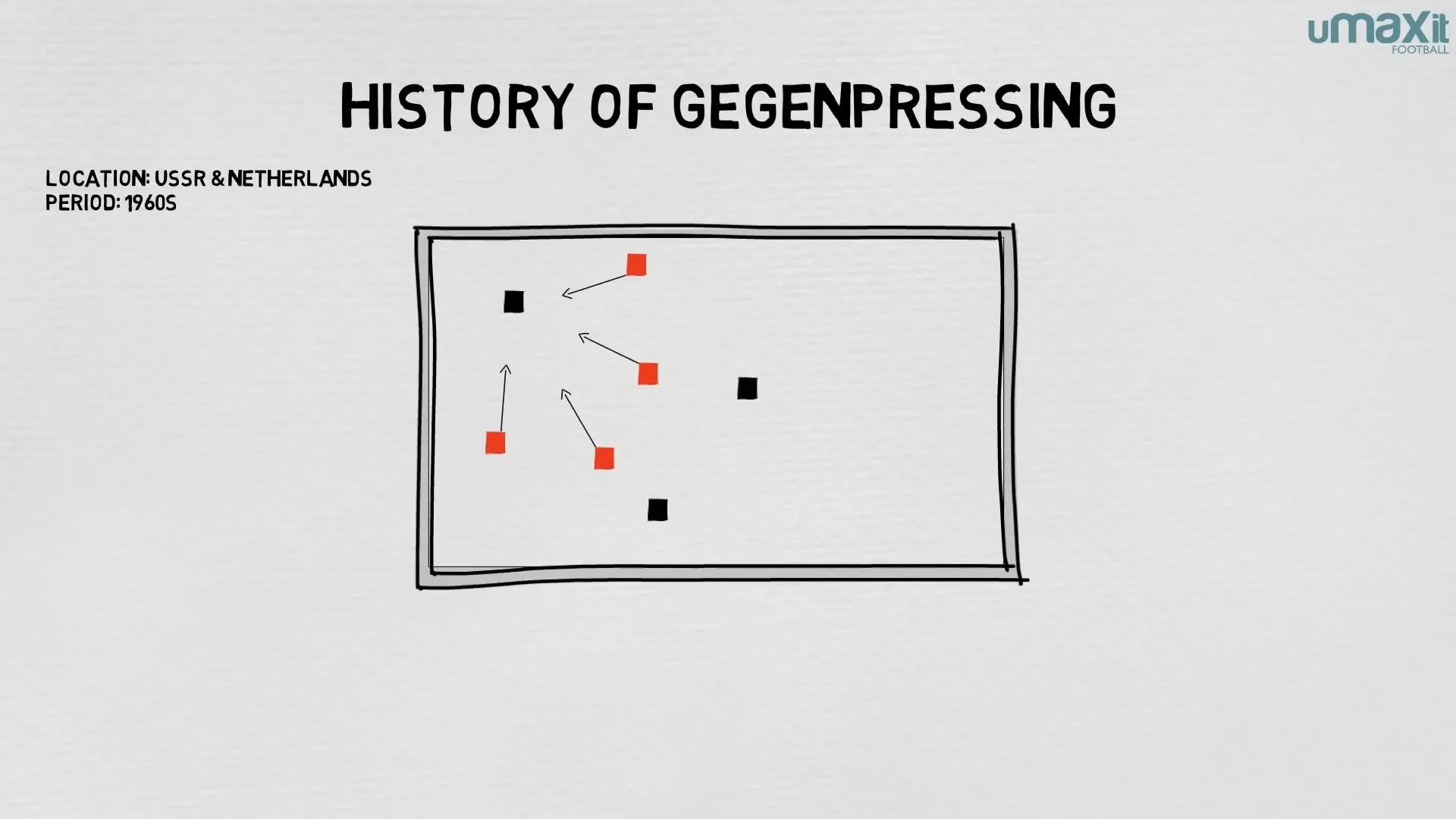Gegenpressing is a tactical approach that has revolutionized the way football is played today, particularly in the high-octane leagues of Europe. But what exactly is it? How did it evolve, and why are coaches like Jurgen Klopp and Pep Guardiola so enamored with this style? In this post, we will delve deep into the concept of Gegenpressing, its historical roots, and the implications it has for modern football. Are you curious about how this tactic can change the dynamics of a game? Read on to discover the secrets behind this influential style of play.
Understanding Gegenpressing: The Tactical Revolution
Gegenpressing, often referred to as “counter-pressing,” is a tactic that emphasizes immediate pressure on the opposing team right after losing possession of the ball. The goal is simple: regain control of the ball as quickly as possible, ideally before the opposition can organize themselves. This style was popularized by Jurgen Klopp during his time at Borussia Dortmund but has roots that trace back to the 1960s in the USSR and the Netherlands.
Historical Context of Pressing in Football
Pressing, in its various forms, has been part of football since the 1960s. Initially, it involved multiple players closing down the player with the ball, a concept that was particularly successful in British and Scandinavian football by the mid-1970s. However, Gegenpressing takes this a step further by focusing on regaining possession immediately after losing the ball.
Key Elements of Gegenpressing
- Immediate Pressure: As soon as the ball is lost, players swarm the opponent in possession.
- Team Coordination: It requires a high level of organization and communication among players.
- Targeting Vulnerable Players: Teams often identify specific opponents to press more aggressively.
- Data Analysis: Modern tactics are enhanced through analytics, revealing opponents’ weaknesses.
How Klopp and Guardiola Utilize Gegenpressing
Jurgen Klopp is often seen as the high priest of Gegenpressing, but Pep Guardiola also employs similar tactics, albeit with variations. Each coach has their unique approach to pressing, influenced by their understanding of the game and their players’ capabilities.
Jurgen Klopp’s Approach
Klopp’s version of Gegenpressing is characterized by intense, high-energy pressing. He encourages his forwards to close down opposing defenders and force them into making hasty decisions. For example, in a recent match against Tottenham, Liverpool’s forwards strategically pressured the central defenders, leading to mistakes and creating goal-scoring opportunities.
Pep Guardiola’s Tactical Nuance
Guardiola, on the other hand, employs a more nuanced approach. He focuses on blocking passing lanes effectively while maintaining the shape of his team. By doing so, he forces opponents into making less favorable choices, ultimately regaining possession.
Comparative Analysis
| Coach | Style | Focus |
|---|---|---|
| Jurgen Klopp | High-intensity pressing | Immediate regain of possession |
| Pep Guardiola | Structured pressing | Blocking passing lanes |

The Impact of Gegenpressing on Modern Football
The rise of Gegenpressing has significantly changed the landscape of modern football. The tactic has been so effective that the proportion of open-play goals scored on counterattacks in the Champions League has nearly halved in the last decade. This shift indicates that teams are prioritizing possession and control over traditional counterattacking strategies.
Data-Driven Tactics
With advancements in data analysis, coaches can now dissect their opponents’ playing styles and identify weaknesses with precision. This enables teams to plan their pressing strategies more effectively and exploit vulnerabilities in the opposition’s setup.
Physical Demands and Player Fitness
Gegenpressing requires players to be fitter than ever, as the tactic demands high energy levels and relentless pursuit of the ball. Players are trained rigorously to maintain stamina and speed throughout the match, ensuring they can sustain the pressing game.
Challenges of Implementing Gegenpressing
Despite its advantages, Gegenpressing comes with its own set of challenges. Coaches must carefully manage when to initiate the press and when to fall back into a defensive shape. Misjudging this can leave teams vulnerable to counterattacks.

Why Gegenpressing is Here to Stay
As football continues to evolve, tactics like Gegenpressing will likely remain at the forefront of competitive play. Coaches are recognizing the effectiveness of this approach in disrupting opponents and creating scoring opportunities. Clubs are investing heavily in player fitness and tactical training to harness the full potential of Gegenpressing.
Future of Football Tactics
With the ongoing development of analytics in sport, the future of football tactics is bound to change further. As teams become more adept at using data to inform their strategies, we can expect to see even more refined implementations of Gegenpressing.
Key Takeaway
Gegenpressing represents a significant evolution in the tactical approach to football, emphasizing the importance of regaining possession swiftly after losing the ball. Coaches like Klopp and Guardiola exemplify how effective this strategy can be, driving teams to achieve greater success on the field.
To learn more about the mechanics and history of Gegenpressing, you can explore resources like this detailed analysis or this article on its impact.
In summary, the continued rise of Gegenpressing in football demonstrates the tactical evolution of the sport, where immediate pressure and organized chaos can turn the tide of a match. As teams adapt and refine their strategies, Gegenpressing will likely remain a key element in the pursuit of footballing excellence.
